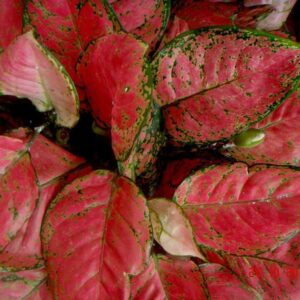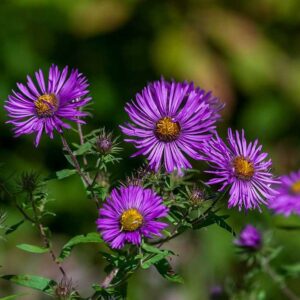Introduction
Hibiscus is a beautiful flowering plant, scientifically known as Hibiscus rosa-sinensis. It is native to tropical regions and is commonly found in gardens and parks worldwide.
Hibiscus typically produces large, showy flowers that can be up to 6 inches in diameter. The leaves of the hibiscus are typically green and glossy and can range in size from small to large.
Click on the headings to read more!
Growth
Hibiscus plants can grow as shrubs, trees, or herbaceous perennials, depending on the species. They can range in size from a few feet tall to over 20 feet tall. Hibiscus plants can live for several years, with some species living up to 50 years or more. However, most hibiscus plants have a lifespan of around 5 to 10 years.
Colors
Red Hibiscus Plant:
Red hibiscus plants are known for their bold, vibrant flowers that can range from deep crimson to bright scarlet. They are often associated with passion, strength, and power, and can be a stunning addition to any garden or landscape.
Pink Hibiscus Plant:
Pink hibiscus plants typically have soft, delicate pink flowers that range from pale pink to deep pink. They are often associated with femininity, love, and purity, and can add a touch of elegance and grace to any garden or landscaping project.
Yellow Hibiscus Plant:
Yellow hibiscus plants produce bright, cheerful flowers that can range from pale lemon to deep golden hues. They are often associated with happiness, joy, and optimism, and can be a great way to add a pop of color to any outdoor space.
White Hibiscus Plant:
White hibiscus plants produce elegant, classic flowers that can range from pure white to cream. They are often associated with purity, innocence, and peace, and can be a great way to create a tranquil and serene atmosphere in any outdoor space.
Purple Hibiscus Plant:
Purple hibiscus plants produce rich, regal flowers that can range from deep violet to lavender. They are often associated with royalty, luxury, and sophistication, and can be a great way to add a touch of elegance and refinement to any garden or landscape.
Benefits
Aesthetic value:
Hibiscus flowers are large, colorful, and showy, making them popular in landscaping and gardening.
Culinary uses:
Hibiscus flowers and leaves are used in some cuisines to add flavor and color to dishes. They are also used to make herbal teas and drinks.
Pollinator attraction:
Hibiscus flowers attract bees, butterflies, and hummingbirds, which can help to pollinate other plants in your garden.
Low maintenance:
Many hibiscus species are relatively easy to care for, requiring little more than regular watering and fertilizing.
Plant care
Caring for hibiscus plants is generally easy, but there may be times when they fail to flower. This could be due to factors like insufficient sunlight, incorrect watering, nutrient deficiencies, improper pruning, or pest infestations. To ensure that hibiscus plants thrive, follow these tips
Light:
These plants need plenty of sunlight to grow and bloom, so place them in a location that receives at least 6 hours of direct sunlight per day.
Water:
Regular watering is essential to keep the soil moist but not waterlogged. Water deeply when the top inch of soil feels dry, but be careful not to overwater.
Soil:
Well-draining soil that is rich in organic matter is ideal. Use a soil mix that contains peat moss, perlite, or vermiculite.
Fertilizer:
Regular fertilization during the growing season can benefit these plants. Use a balanced fertilizer every 2-4 weeks, or a slow-release fertilizer every 3-4 months.
Pruning:
Regular pruning can promote healthy growth and blooming. Prune back any dead or damaged branches and shape the plant as desired.
Pests and Diseases:
Hibiscus plants can be susceptible to pests and diseases, including aphids, spider mites, and fungal infections. If you notice any signs of pest or disease on your hibiscus plant, it’s important to take prompt action to address the issue and prevent further damage.
Winter Care:
These plants may not survive in areas with harsh winters, so it is important to bring them indoors or protect them with a cover during the colder months.
Propagation
Propagating hibiscus is a great way to create new plants. There are several methods you can use to propagate hibiscus, including:
Seeds:
Collect the seeds from a mature hibiscus plant and sow them in a pot filled with well-draining soil. To encourage seed germination, it’s important to keep the soil consistently moist and warm. Within a few weeks, you should begin to see the seeds sprout and grow into healthy hibiscus plants.
Cuttings:
Take a cutting from a healthy hibiscus plant and dip it in rooting hormone. Plant the cutting in a pot filled with well-draining soil and keep it in a warm, humid location. Within a few weeks, roots should form and the cutting should start to grow.
Layering:
Choose a healthy, mature hibiscus branch and bend it down to the ground. Cover the branch with soil and keep it moist. Within a few weeks, roots should form where the branch meets the soil. Cut the branch from the parent plant and transplant it to a new location.



